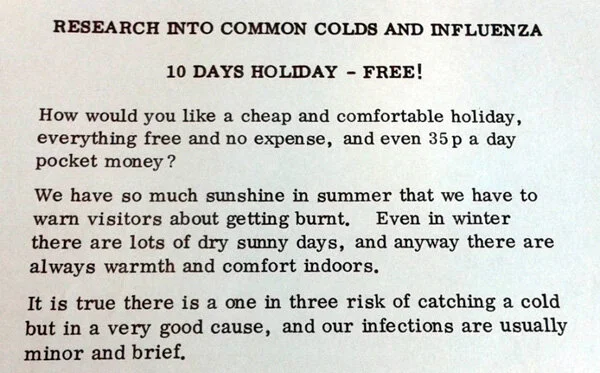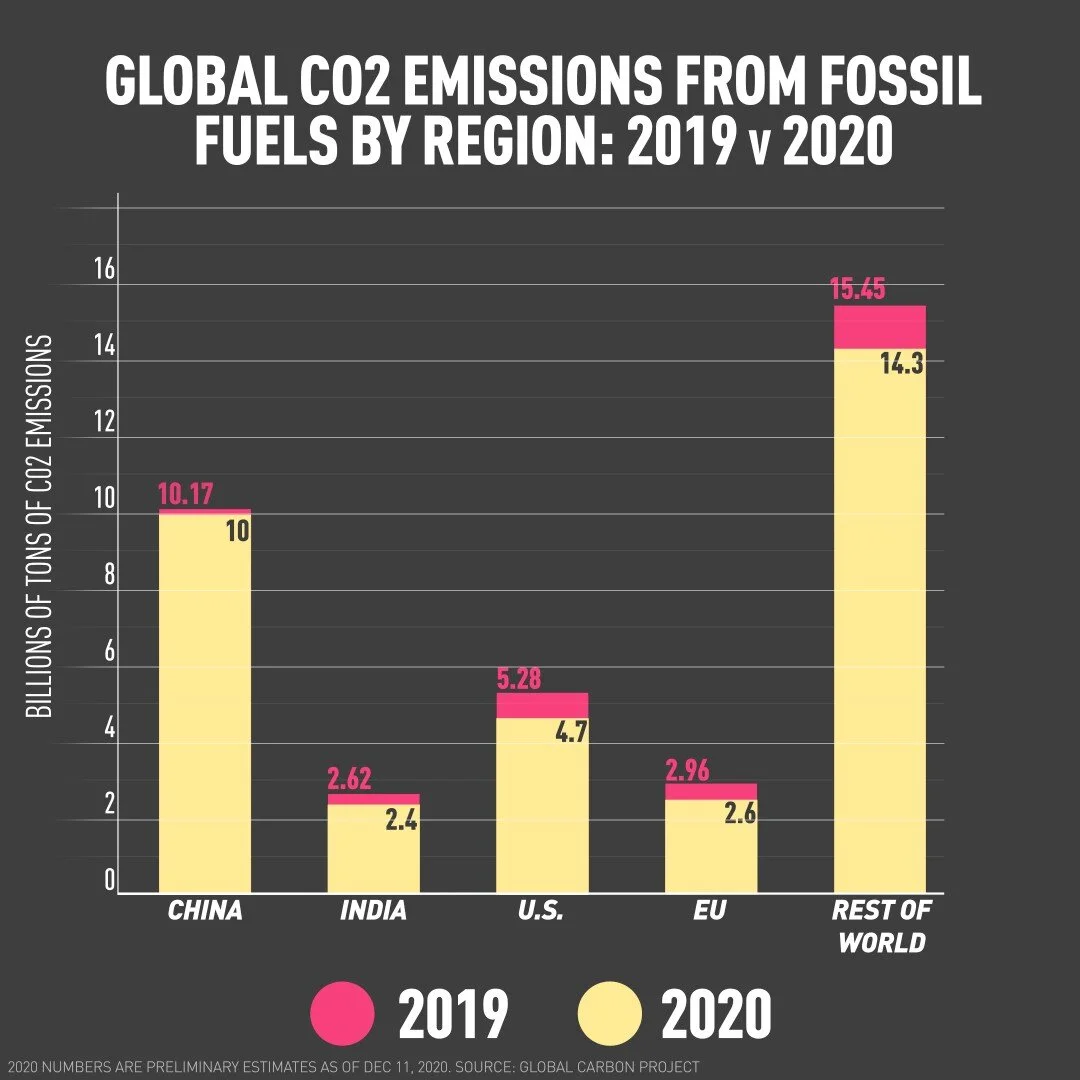In the COVID-19 era we have grown sadly accustomed to monitoring the rise and fall of new-case numbers. These daily updates on the spread of a lethal and barely understood disease drive public policy, with each uptick terrifying in its potential consequences.
But COVID-19 is not the first plague of modern times and the latest numbers resulting from efforts to control HIV/AIDS are giving genuine hope that the world can hit an ambitious target of eradicating it by 2030 – even without a vaccine.
This week, Public Health England reported that the annual total of new HIV infection diagnoses among gay and bisexual men in the UK has fallen to its lowest point since 2000, and its lowest among heterosexual adults since 1998.
Overall, the number of people with a new HIV diagnosis fell by 10 percent in a year, from 4,580 in 2018 to 4,139 in 2019. This is also a 34 percent decline from the 2014 peak of 6,312 new diagnoses – and all this is being achieved without a vaccine.
Ian Green, CEO of the UK-based Terrence Higgins Trust sexual health charity, called the improvements "a testament to what we can achieve when you utilize everything we have in the fight against HIV."
As Public Health England's head of HIV surveillance, Valerie Delpech, said: "In the UK, we have made great progress towards eliminating HIV transmission by 2030." This was an ambitious target set by the United Nations' UNAIDS program in 2014 and subsequently endorsed by the World Health Organization and various countries around the globe.
But what methods are being used to bring down the numbers? And is there anything we can learn from this relative success and apply to the fight against COVID-19?
Test in time
As with COVID-19, frequent and effective testing is vital in helping to stop the viral spread. Because people can live undiagnosed for years with HIV, health authorities differentiate between new diagnoses and new infections; Public Health England estimates that of the 1,700 new diagnoses in 2019 among gay and bisexual men, there were just 540 new infections, way down from an estimated peak of 2,100 in 2011.
There is an obvious comparison here with asymptomatic carriers of COVID-19, who may not feel ill enough to need a test and will therefore continue to spread the disease. But even when offered an HIV test, not everybody accepts. Public Health England notes that 300,000 people in England offered a test when attending sexual health clinics declined, including one in four heterosexual women, compared with 13 percent of heterosexual men and just 4 percent of gay and bisexual men.
Reducing the time between infection and diagnosis doesn't only help sufferers to stop the spread, it also gives them a much better chance of survival. Public Health England estimates that in 2019, people diagnosed late with HIV were almost eight times more likely to die than those diagnosed promptly, with mortality rates of 23 per thousand and three per thousand respectively.
Take precautions
HIV spread has been stunted by the consistent and correct use of condoms. As a barrier prophylaxis method, this has something of a COVID-19 comparison with the use of face masks. While each method has those who refuse to adopt usage, take-up can be boosted by changing cultural expectations.
While the lack of a vaccine against HIV is particularly worrying in the light of COVID-19, decades of medical research have at least created some breakthroughs that are yet to have direct comparisons with the new coronavirus.
One of them is PrEP (pre-exposure prophylaxis), a combination of tenofovir and emtricitabine – drugs commonly used to treat HIV. Taken by HIV-negative people, usually in pill form, it reduces the risk of contracting the virus by temporarily preventing HIV from entering their cells and replicating.
In November 2015, France became the first European country to offer PrEP via its healthcare system. Since then, to a greater or lesser extent depending upon local legislation, PrEP has been made available in various European nations from Portugal to Ukraine and Norway to Greece.
However, the Terrence Higgins Trust's Ian Green noted that infection levels had not dropped uniformly and blamed a lack of public information as well as distribution.
"If the [UK] government, NHS England and local public health commissioners want to see 2019 levels of reduction for gay and bisexual men across all groups, PrEP needs to be far better known and be available in GP surgeries, gender clinics, pharmacies and as part of maternity care," he said.
For Green, the statistics "show that some communities are being left behind in the fight against HIV. PrEP works for everyone – regardless of gender, sexuality, geography or ethnicity – but you can't access something you don't know about."
Treatment
While HIV still has no cure, treatment has improved enormously – and that doesn't only help the sufferer, it cuts the spread. Antiretroviral therapy (ART) is started as soon as possible after diagnosis. Treatment is now so effective that 97 percent of people receiving ART have undetectable levels of virus, which means it is impossible to pass the virus on, even if having sex without condoms.
Clearly, there is no direct COVID-19 comparison for PrEP or ART. However, medical research is ongoing in various avenues, testing the many ideas proposed to combat the spread, and some of those may come from HIV experience.
For instance, ART renders HIV-positive people uninfectious by reducing their viral load of HIV below detectable levels, leading to a publicity campaign called U=U ("undetectable = untransmittable").
In August, The Lancet medical journal published preliminary research suggesting COVID-19 mortality may be related to the viral load, which in turn can be reduced by wearing masks. If such hypotheses are proved, they could provide the bedrock of social information campaigns while the scientists strive to find and test medicinal options.
Hitting ambitious targets
That is where the battle against HIV spread has been increasingly successful. The Public Health England report notes that the UK has now had three consecutive years successfully meeting the UNAIDS "90/90/90" target – that 90 percent of all people living with HIV will know their HIV status, that 90 percent of all HIV+ people will receive sustained antiretroviral therapy, and that 90 percent of those will have viral suppression.
That target was set for 2020, and the big aim is to reduce worldwide HIV transmissions from 2.1 million in 2010 to fewer than 200,000 in 2030 – which would, says UNAIDS, "mark the end of the AIDS epidemic as a public health threat."
Public Health England's Valerie Delpech is one of many worldwide public health officials who remain focused on that goal. "Frequent HIV testing, the offer of PrEP among those most at risk of HIV, together with prompt treatment among those diagnosed, remain key to ending HIV transmission by 2030," she said.
"Further progress can only be achieved if we also address the inequalities in reducing HIV transmission that exist around sexuality, ethnicity and geography."
While the fight against HIV appears to be focusing down and progressing successfully, it remains to be seen whether the simultaneous battle against COVID-19 can learn lessons from the struggles of this previous plague that humankind is valiantly attempting to end.



